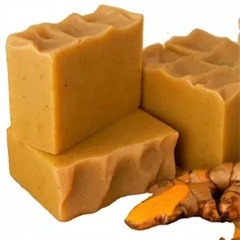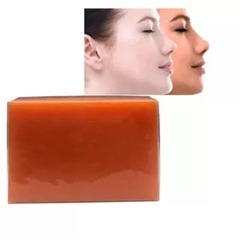Soap carving is a creative art form that involves sculpting intricate designs and shapes from bars of soap. It’s a versatile and accessible medium that can be enjoyed by people of all ages and skill levels. Here are some techniques to get you started with soap carving:
Materials You’ll Need:
- Soap: Choose a bar of soap that is relatively firm and not too crumbly. Ivory soap is a popular choice due to its softness and ease of carving, but other vegetable-based soaps can work as well.
- Carving Tools: Various tools can be used for carving, such as butter knives, X-Acto knives, sculpting tools, and even dental tools. Ensure they are sharp for better control.
- Pencil or Design Template: Draw your design directly on the soap or use a template as a guide.
Techniques:
- Design Planning:
- Decide on the design you want to carve. It could be a simple shape or a more intricate pattern.
- Consider the soap’s dimensions and shape while planning your design. Soap bars can be carved into different shapes, like animals, objects, or abstract forms.
- Basic Carving:
- Start by removing large chunks of soap that are not part of your design using a knife or a carving tool.
- Gradually carve away layers of soap to reveal your design. Work from the general shape to the finer details.
- Textures and Details:
- Use various carving tools to create textures and details in your design. For example, you can use a small scoop tool to create hollows or a V-shaped tool to make lines and patterns.
- Relief Carving:
- Relief carving involves carving a design into the surface of the soap, creating a raised design against a background. Start by outlining your design and then gradually carve away the background.
- Scooping and Hollowing:
- Create depth and dimension by scooping out parts of the soap to give the design a three-dimensional feel.
- Smoothing and Finishing:
- Smooth rough edges and surfaces using fine-grit sandpaper or a soft cloth.
- Be cautious while sanding to avoid breaking delicate parts of your design.
- Experimentation:
- Soap carving allows for experimentation. Try different techniques, such as layering, stacking, and combining different shapes to create unique designs.
- Safety:
- Soap carving involves the use of sharp tools. Take proper safety precautions to avoid accidents. Keep your fingers and hands clear of the cutting path.
- Practice and Patience:
- Soap carving is a skill that improves with practice. Don’t be discouraged if your first attempts don’t turn out perfectly. Keep practicing and refining your techniques.
Remember that soap carving is a temporary art form, as soap will naturally degrade over time. However, you can use a clear sealant or shellac to preserve your finished carving for a longer period.
Soap carving is a fun and creative way to express yourself artistically. It’s a great activity for relaxation, developing fine motor skills, and honing your artistic abilities.





































